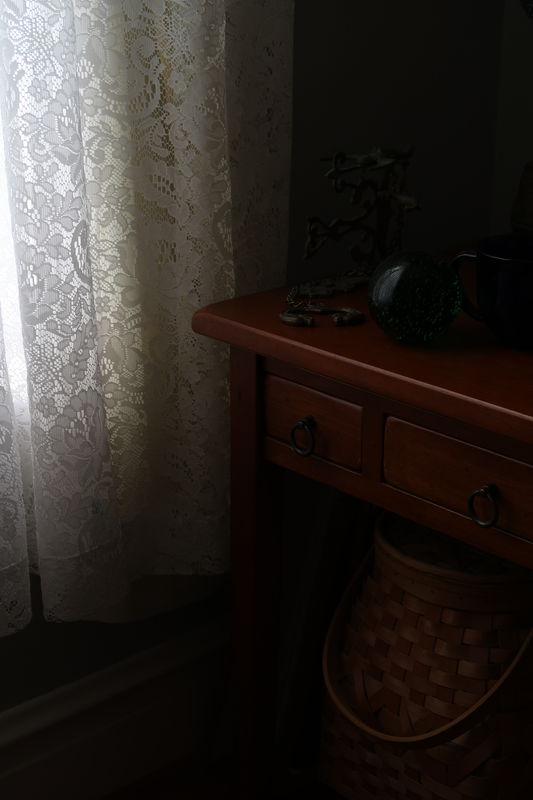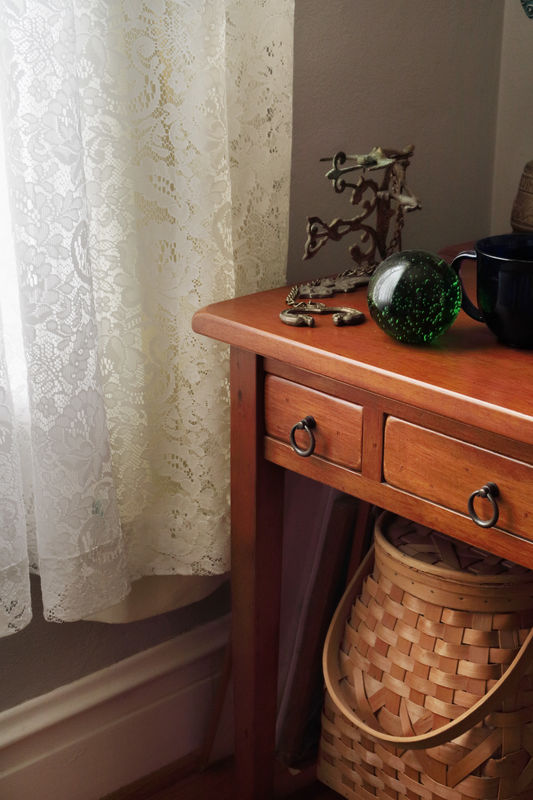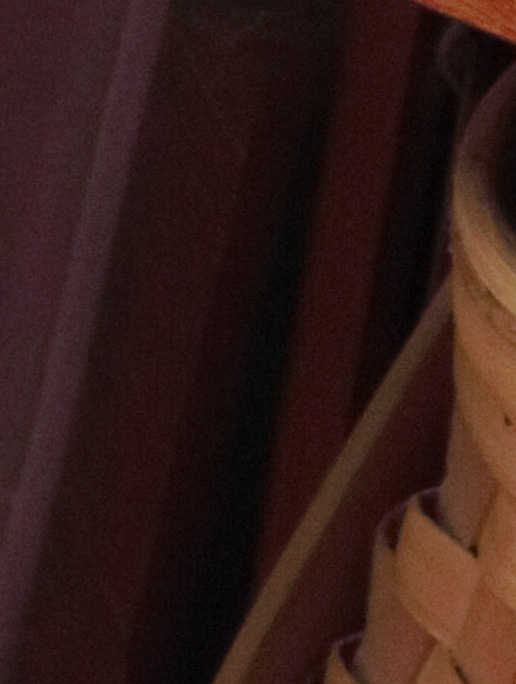RAW vs TIFF
Jul 31, 2021 15:14:13 #
jdmiles
Loc: Texas
Architect1776 wrote:
So why bother?


So why bother?

If you use Photoshop you will need to convert to 16bit something. Photoshop does not edit raw files. If you do a good job selecting tradeoffs in Lightroom you will not care. Just choose your poison and move on. Capture one does not convert and is a very good program but I still favor using Lightroom and Photoshop. Maybe no one has noticed but Lightroom is getting better at selecting objects and feathering selections.
Jul 31, 2021 15:29:43 #
neilds37 wrote:
Since you asked...because Lightroom 6 in my new computer does not have the RAW update for my Sony camera.
Still working on that issue.
Still working on that issue.
Since LR 6.14 is the last stand-alone version of the program, and no future upgrades are planned, you ain't going to either.
Jul 31, 2021 15:35:24 #
Ysarex
Loc: St. Louis
PHRubin wrote:
Thanks for the hints. It saved me some trial and error time. However, the final result is, so far, no better than if I edit the JPG that came from the camera when I had RAW+JPG chosen which was quicker.
With most average photos you won't experience a big difference editing the JPEGs as long as you get the original camera settings like WB close.
It's the beyond average photos where you need access to the raw data -- extreme DR for example. Here's an example below. The first image is the camera JPEG. It's still clipping the highlight in the curtain and I did set auto lighting optimizer on.
The second image I processed from the raw file using DPP as I noted above along with Photoshop to further process the 16 bit TIFF.
The third image is a 100% section of the processed photo showing how DPP + PS opened the shadows. Download the JPEG and you won't be able to match opening the shadows as DPP + PS did.
PHRubin wrote:
Perhaps I am more familiar with my JPG editor where using the gamma control usually does it or the scene/photo didn't have the dynamic range to benefit. (BTW - the TIFF was 137.5 MB)
Also - NO, I don't have Lightroom and Photoshop 7 can't read the RAW file
Also - NO, I don't have Lightroom and Photoshop 7 can't read the RAW file
Jul 31, 2021 15:36:05 #
jdmiles wrote:
If you use Photoshop you will need to convert to 16bit something. Photoshop does not edit raw files. If you do a good job selecting tradeoffs in Lightroom you will not care. Just choose your poison and move on. Capture one does not convert and is a very good program but I still favor using Lightroom and Photoshop. Maybe no one has noticed but Lightroom is getting better at selecting objects and feathering selections.
Well I guess my PSE cannot edit Raw files but it sure does a good job with them.
Then saving as a JPEG.








Jul 31, 2021 15:36:53 #
Jul 31, 2021 15:47:44 #
PHRubin wrote:
If I convert a RAW file to TIFF rather than JPG, do I have the same options of salvaging detail in deep shadows as the original RAW file?
If you choose 16-bit tiff.
Jul 31, 2021 16:14:34 #
jdmiles wrote:
... Photoshop does not edit raw files...
Technically, there is no editor that edits raw data.
But Photoshop (and Lightroom) can use ACR to demosaic a raw file and produce a (temporary) data format in memory that it can edit. Other software will have something similar. Once edited the data in memory can be exported into a standard format of your choice (jpg, tif, png, bmp...)
Jul 31, 2021 16:32:25 #
To get the most out of your images is to first import them into the software for the make of the camera. Example Nikon software called NX Studio. change color to camera's example Landscape. Then export it as a 16 bit Tiff and then import it to lightroom.
Jul 31, 2021 16:46:17 #
dbrugger25
Loc: Raleigh, NC
I rename them into something that is meaningful. The names assigned by my camera have no meaning to me. I then place them into descriptive sub-directories.
Jul 31, 2021 17:32:29 #
James May wrote:
To get the most out of your images is to first import them into the software for the make of the camera. Example Nikon software called NX Studio. change color to camera's example Landscape. Then export it as a 16 bit Tiff and then import it to lightroom.
In LR with your RAW file in the Develop module, if you go to Camera Calibration and select Camera Landscape, or maybe better Camera Standard, you can save yourself the extra steps and TIFF, and retain all the original RAW data as well as working natively in the ProPhotoRGB colorspace.
Jul 31, 2021 18:30:40 #
therwol
Loc: USA
PHRubin wrote:
First, NO, I don't have Elements. br br My editin... (show quote)
This thread has gone all over the place regarding the advantages of this and that on the file end. That was part of the question, but the answer is really in what you say in this post. Update your software to work with your camera's RAW files and move on. If you stick with Adobe, this will require a subscription, but that's the way of the world now.
Aug 1, 2021 04:07:30 #
DirtFarmer wrote:
True, space is cheap.
True, tif is much more amenable to modifications than jpg.
But if adjustment is needed, better to start from the raw than a previously converted image file. If it's a minor adjustment, using a parametric editor will allow you to start from the same point at which you left the tif file, but with more potential if the needed adjustments are significant. With a parametric editor, there's no time savings in starting with a tif.
True, tif is much more amenable to modifications than jpg.
But if adjustment is needed, better to start from the raw than a previously converted image file. If it's a minor adjustment, using a parametric editor will allow you to start from the same point at which you left the tif file, but with more potential if the needed adjustments are significant. With a parametric editor, there's no time savings in starting with a tif.
It depends on what needs doing and how much has been done. My workflow leads me through a number of local adjustments and third party plug-ins, etc. So starting from the start is often a nong starter if it is only a curves or slight color adjustment. If you get up the histogram you can really see how easily 8 bit images fall apart with curves adjustments, not to mention that every open and resave degrades a jpg further.
Aug 1, 2021 06:36:11 #
kymarto wrote:
… not to mention that every open and resave degrades a jpg further.
If you start from a raw file, re-editing and saving as jpg produces no further degradation.
If you start from a jpg and edit that, you will get some degradation but if you write it using low compression the degradation is small.
If you always start from the original jpg and edit that, you can keep further degradation minimal. If you use a parametric editor you can start from where you last stopped without any further degradation.
Aug 1, 2021 12:50:01 #
CHG_CANON wrote:
In LR with your RAW file in the Develop module, if you go to Camera Calibration and select Camera Landscape, or maybe better Camera Standard, you can save yourself the extra steps and TIFF, and retain all the original RAW data as well as working natively in the ProPhotoRGB colorspace.
I don't know why Lightroom says to use ProPhoto RGB because there is not a monitor or printer on in the world that can use all that color space.
Aug 1, 2021 13:04:21 #
James May wrote:
I don't know why Lightroom says to use ProPhoto RGB because there is not a monitor or printer on in the world that can use all that color space.
First, RAW files do not have a colorspace, that is something that begins with the digital editor. Next, edit in the widest colorspace possible. For LR, ProPhotoRGB is the default and it's a bit of work to try to change it to something else. Finally, output your edited files to the appropriate colorspace for the purpose of the image export. LR 'normalizes' the values into the colorspace of the output file, typically sRGB for JPEGs, possibly maintaining ProPhotoRGB is passing a 16-bit TIFF to another digital editor.
The fact that you can't 'see' nor 'print' the rich color data of ProPhotoRGB has nothing to do with it's importance and relevance to your digital editor.
What you can see though, is the difference in the output of images that were edited in ProPhotoRGB and output to sRGB vs editing in another smaller colorspace. It does depend on the specific image, especially those with lots of red-orange shading and / or blue-green shading.
If you want to reply, then register here. Registration is free and your account is created instantly, so you can post right away.







